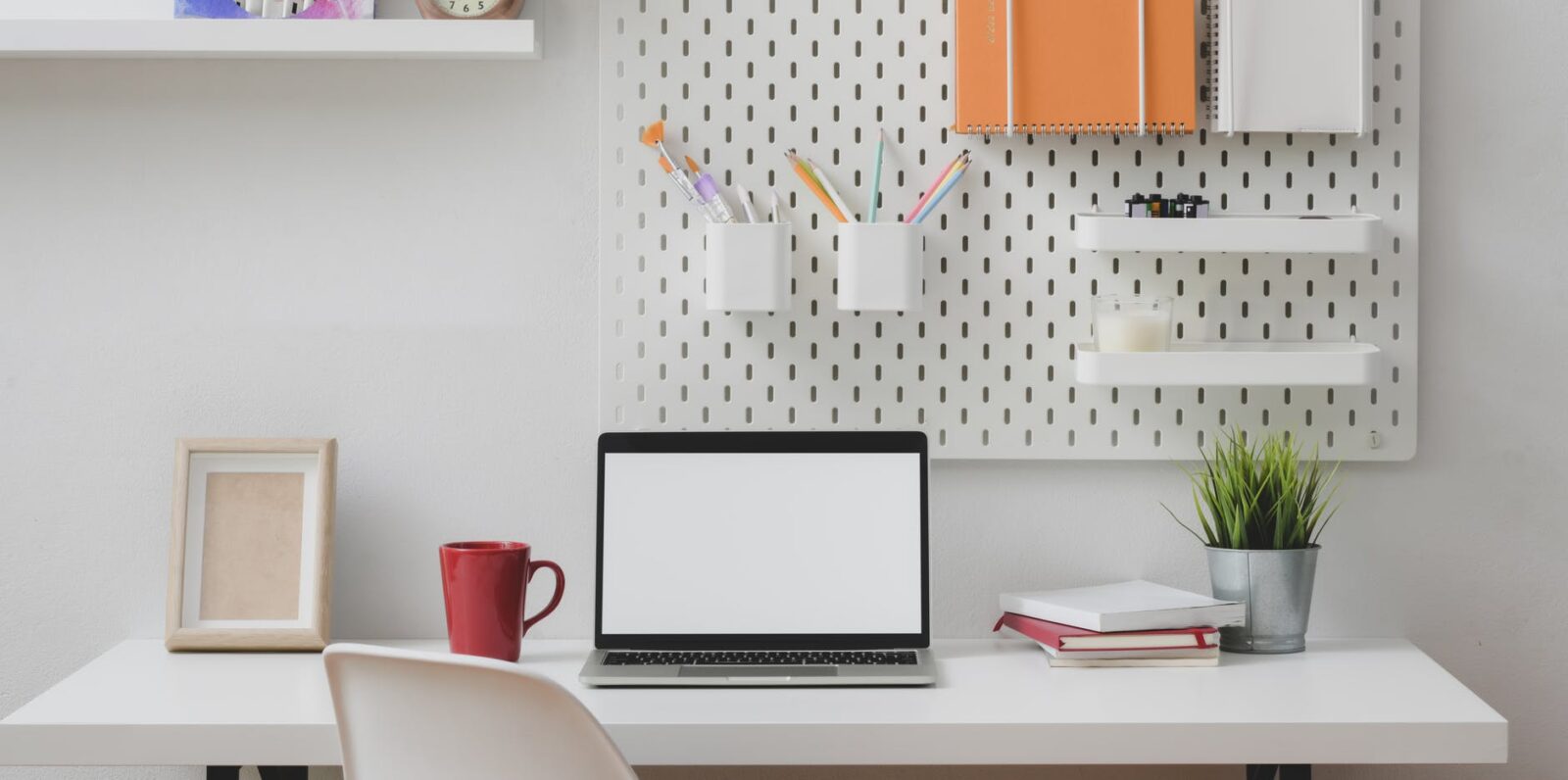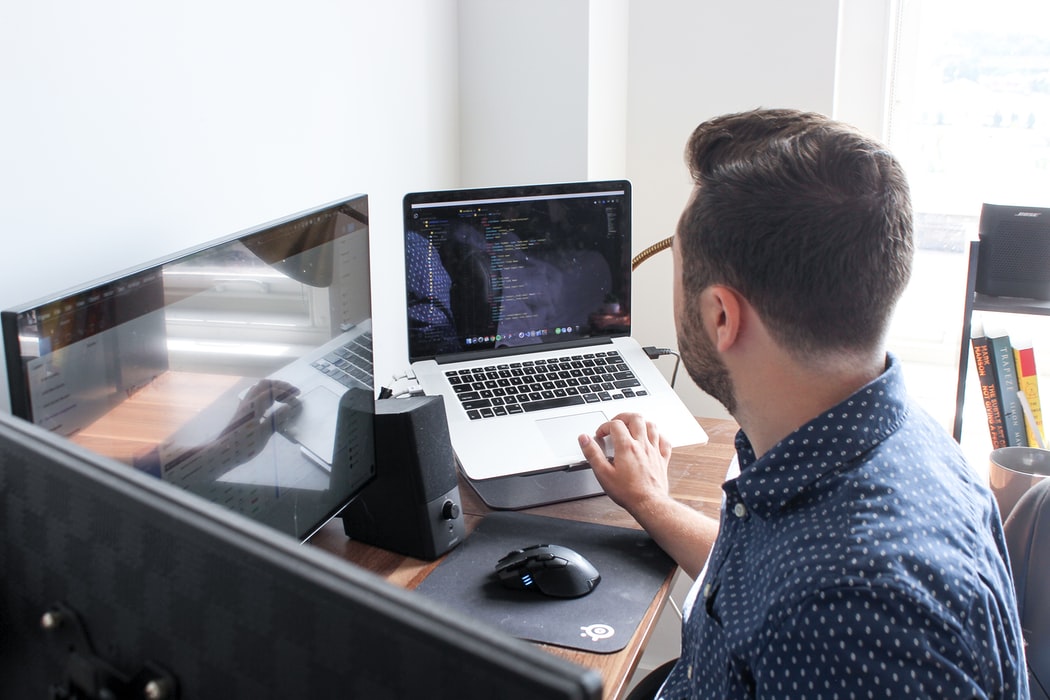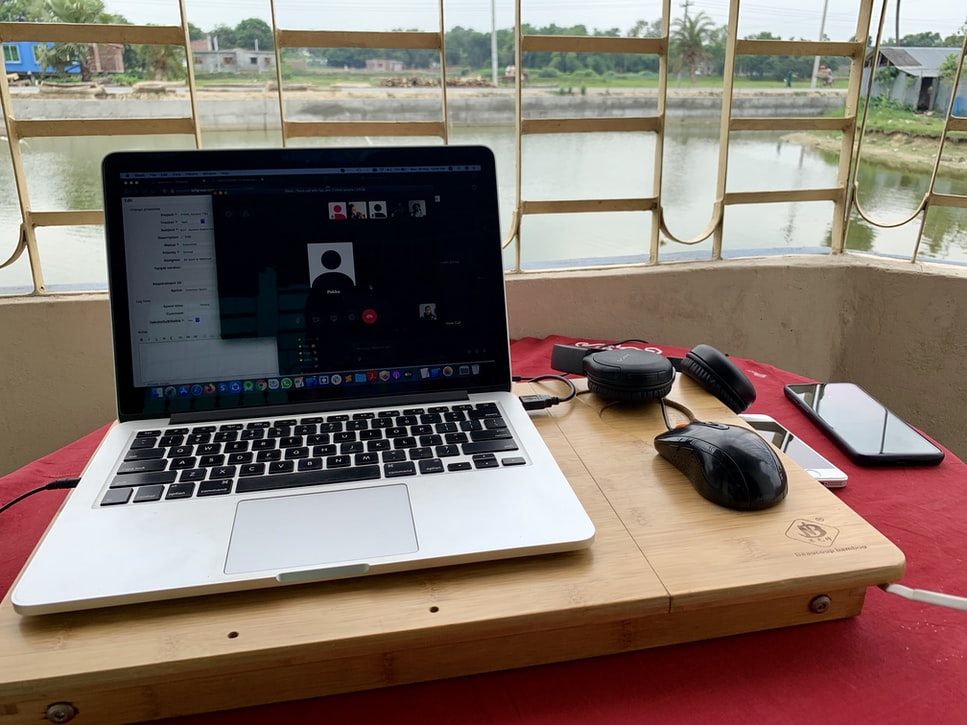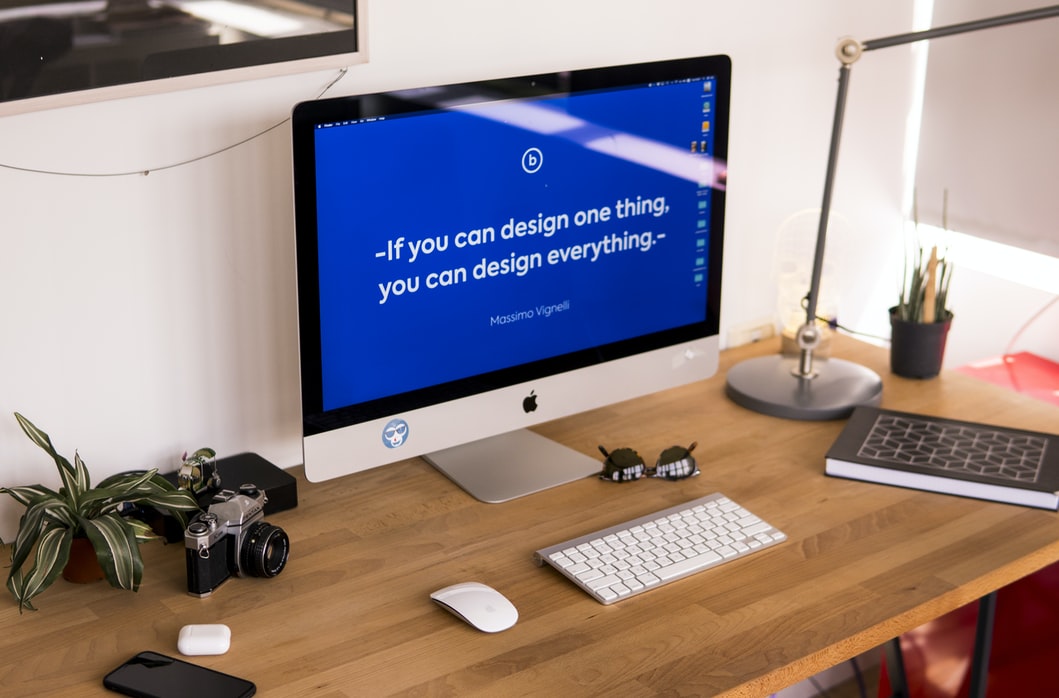
Improving Your Work From Home Space
For some, working from home is a way of life. For others, recent global events have driven the usual office goers and commute types towards a work from home situation. Unlike those work from home professionals, most people don’t even have a dedicated workspace.
There’s two major parts to adapting your home to a sort of home office. Working from home often works better if you take into account both the physical and mental changes you need to incorporate to help organize yourself away from the office.
For the physical side of things, it’s pretty straightforward. All you need for a short term work from home arrangement is to find your space and dedicate it as a workspace, we’ll get to the details on some ways to do that later.
For the mental side of things, it can be a lot harder to adjust. Essentially, you’ll be surrounded by all the many fun and unfun distractions of home. It’s a lot easier to slap Netflix on in the background at home than it is at your office, and you’ll start to see all the dust and unfinished laundry that you normally ignore until the weekend.
So, how do people make the full or temporary transition from office to work from home?
What Makes a Better Work Space

To start, you’ll want to adjust your mindset about working from home. The most simple and direct way to accomplish this? Just imagine that you’re going into the office.
Going into the office or wherever else you work typically involves a certain level of required professionalism. How you dress, staying focused and actually getting work done, keeping in touch as much as you need to with coworkers, that’s all part of going into the office.
There’s a bit of leeway working from home of course, and there’s no reason to avoid the extra comforts of working from home. You can avoid traffic, you can keep your exact same work schedule — including lunch, meetings, breaks, and so on — and you can dress how you want provided you’re not appearing in any video calls.
Please, for everyone’s sake, even if you don’t plan on standing up, just wear some pants.
Most of all, remember that if you’re capable of working from home, how you do your work probably hasn’t changed much.
That means sticking to your own personal work patterns just like you do at the office. Throughout the day you’ll hit more or less productive strides, and you should still stick to any deadlines or other time commitments you have for yourself.
Improving Your Physical Space

Rearranging some part of your home as an interim home office can complement those mental changes too. In fact, setting a location as your “home office” can help you mentally separate your time working from your personal time at home.
Many freelancers or other professionals that do a lot of work at home learn this early on. Basically, separating “work” from “home” physically helps most people maintain productivity and avoid the usual distractions and comforts of their house.
In fact, it’s why there’s such a huge rise in the popularity of coworking spaces. Not every job needs a whole office or building, but many people do want a distinct workspace.
When you’re arranging your home workspace, there’s two ways to go about it. You can either mimic your office setting to the best of your abilities, or you can simply design your own workspace that suits your personal tastes and needs.
Ideas for Big Changes

For some, the current pandemic is just a temporary problem. Once quarantine ends, it’ll be easy to transition back to the office and continue as normal.
However this may be evidence that work from home is an ideal situation for many. It may spark an interest in building out a new home office or improving a home workspace. Or, for people that already worked from home, the additional time at home during quarantine may be the push they need to really develop their pre-existing home office.
So what are some of the big physical changes people can make to facilitate working from home? Short of full renovation and new home add-ons, there are still several fairly intensive options that offer a more complete “home office”.

Some Examples:
- Turning a storage room, unused bedroom, or loft into a home office
This one is pretty straightforward, you just take a room that’s normally not used and turn it into an office. The main benefit here is that you have a whole separate and distinct space in your home to dedicate to work. When you enter, you’re at the office. When you exit, you’re at home.
- Renovating some major components of a home office
If you already have a home office, sometimes you don’t update it as frequently as other parts of your home. Don’t neglect your needs just because the space is made for work. Get a sit-stand desk, update your furniture, or consider repainting your office to make it more comfortable. Office or not, this space is still part of your home, and if you look forward to some aspect, even if it’s just the aesthetics of your office, it can be a great improvement. Both to the value of your home and your experience working there.
- Dividing an open floor plan through interior design
If you live in a smaller space without extra rooms and lofts, but still want to (or have to) work from home, you can work a lot of magic with interior design work. Moving furniture around, buying aesthetic space dividers, and arranging your space to successfully separate work life from home life is ideal.
- Updating fixtures in your home for a better experience
Another great way to improve your work from home experience is to update the more frequently used parts of your office or home in general. Is your office a loft with no doors or physical barriers? Consider putting in moveable barriers, or if you’re going for a bigger investment, consider installing a window wall and door to really keep the spaces separate and unique.
Ideas for Smaller Changes

Not all changes need to be massive overhauls. For many people that are only temporarily working from home, you can take much smaller steps to get comfortable and support your own productivity.
Since you won’t be renovating the entire space, consider things that help your productivity at work. For a good example for many home spaces is lighting, an office is often well lit and designed to accommodate regular use of a computer. If your computer desk at home mostly gets used in the evening, you might be lacking the proper lighting.
Additionally, consider getting a new chair, lamp, or computer stand. Even the most enthusiastic computer users often forget that 8 or more hours of computer use can be hard on your eyes, back, and wrists.
Before you spend two weeks with a terrible posture, as uncomfortable as humanly possible in your own home, consider these small improvements that not only improve your experience, but also the overall quality of your work.
If you’re considering the larger renovations, why not take a look at some of the windows and doors we provide for stunning interior design additions. At Portella, we work with people to make their buildings as comfortable and as aesthetically pleasing as possible. We handcraft meticulously designed steel windows and doors to ensure a good fit for every project.
Check out some of the styles we offer!
Leave a Reply